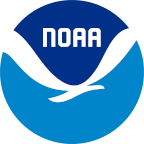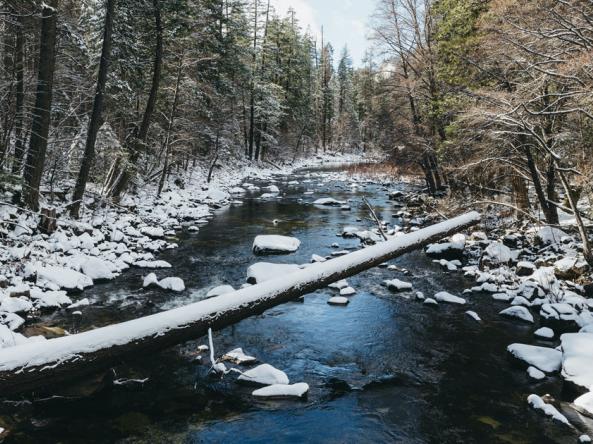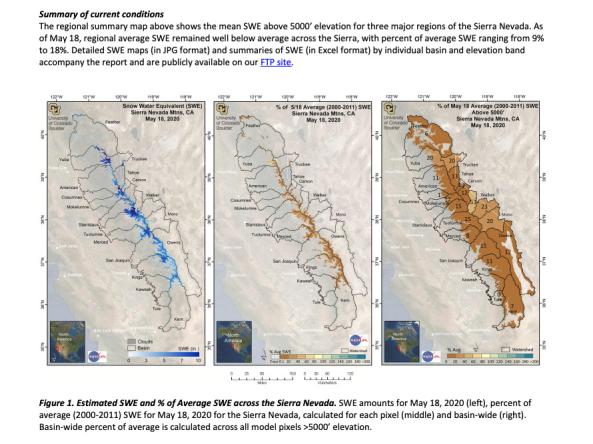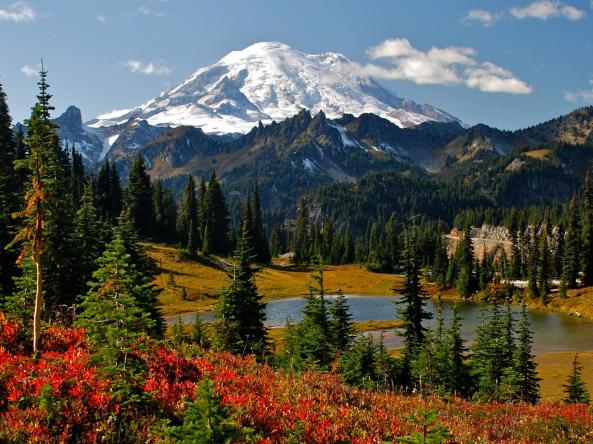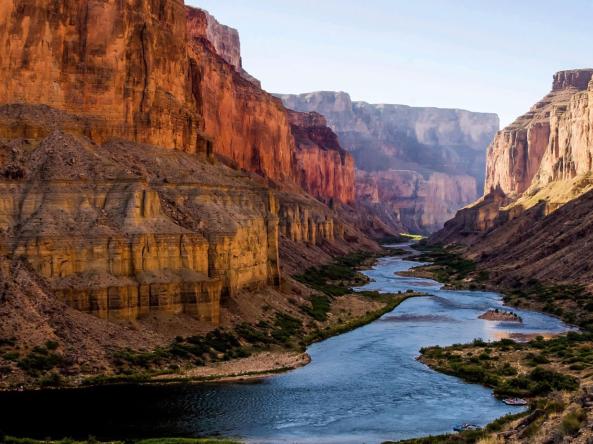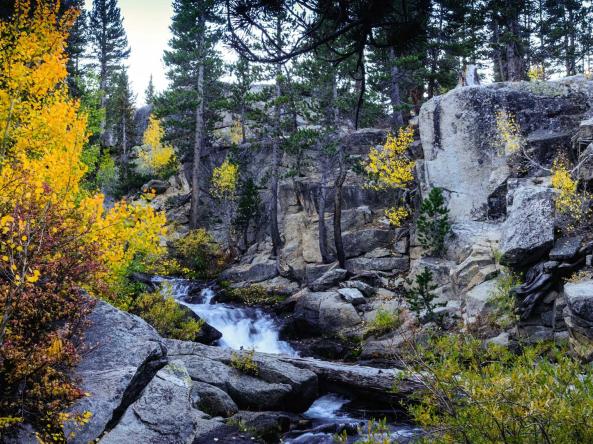To provide the latest information on drought conditions across the West, NIDIS is joining with our federal, state, tribal, and local partners to host a drought webinar specifically for western communities. The webinar will include an update on the current drought situation and outlook, an overview of wildland fire conditions and outlook, and will feature perspectives from those on the ground who are responding to worsening drought conditions. Key discussions will include a summary of past and current conditions in terms of many climate variables like snowpack, temperatures, precipitation, soil moisture, etc.; as well as potential and ongoing impacts from drought across sectors (e.g., agriculture, water resources, recreation, etc.).
The National Weather Service Great Falls Weather Forecast Office is hosting an informational Montana Drought and Water Supply Webinar on Thursday, April 29 from 10-11 a.m. MT. We will cover statewide drought conditions (National Weather Service), as well as current snowpack and water supply conditions (Natural Resources Conservation Service).
Join the Western Water Assessment (WWA, a NOAA RISA team) for a webinar in which they share Snowpack Monitoring in the Rocky Mountain West: A User Guide, a reference for water managers, decision makers, forecasters, researchers, and others who use, collect, and produce snow information.
The Pacific Northwest Drought Early Warning System (PNW DEWS) Drought & Climate Outlook Webinar is part of a series of regular drought and climate outlook webinars designed to provide stakeholders and other interested parties in the region with timely information on current drought status and impacts, as well as a preview of current and developing climatic events (i.e., El Niño and La Niña).
Nearly 50% of the Southwestern United States is currently experiencing the most severe drought classification (D4) conditions. The most recent U.S. Drought Monitor indicated that all of the Southwest was experiencing drought, and drought is expected to continue throughout the winter and into spring. This webinar will provide an update of current drought conditions and forecasts for Arizona, Colorado, New Mexico, Utah, and Nevada, followed by a demonstration of the new Drought.gov website.
According to the January 19 U.S. Drought Monitor, 95% of California and 99.7% of Nevada are in drought. We're at a crossroads where remaining winter snowfall is going to be crucial for the region. Unfortunately, much of the Sierra Nevada is currently below normal for snow water equivalent. This webinar will provide an overview of the current conditions and outlook for the rest of winter as well as an overview of the new Drought.gov website.
